When beachgoers lay their towels down at the Vineyard’s south shore beaches this summer, the water’s edge will be different from season’s past.
The paths have moved, the dunes are flatter and there isn’t as much sand as there once was. But the beaches have come a long way since three destructive storms hit the Island this winter, and managers say they are ready for summer crowds.
“It’s already starting to come back,” Chilmark beach superintendent Martina Mastromonaco said of the sand at Lucy Vincent Beach. “It’s going to be a good summer.”
Between Dec. 18 and Jan. 13, three strong southerly storms ran headlong into the south shore. Waves as high as 24 feet were recorded off South Beach, causing breaches, overwash and the loss of several yards of sands. Lucy Vincent was one of the most jarring examples of the storms’ toll. There the dunes were pushed aside, exposing the rocky undersurface that looked more like the moon than a place to lay out for a tan.
Five months later, the rocks are largely buried again by sand that had been naturally deposited by the sea. Still, the shifting dunes haven’t caught up to the past and that’s been disheartening to some, according to Ms. Mastromonaco. But she still finds beauty in the dynamic, ever-shifting coastline.
“People are sad,” she said. “We just have to create our new memories.”
Edgartown has taken the most active role in reshaping its beaches. The town dropped about 5,000 cubic yards of dredged sand along South Beach to replenish its dunes — a project that would have cost about $18 million if the town didn’t have its own dredging program.
A sinkhole that opened along Atlantic Drive has been filled, the roads that crumbled from rushing saltwater have been rebuilt and about $187,000 worth of beachgrass has been planted to secure the dunes. New entrances have also been built along Right Fork and Left Fork, and temporary buildings have been set up after the old lifeguard shack had to be torn down due to storm damage and erosion.
The effort is one of the largest beach restoration projects the town has undertaken and there is still more to do, said Jane Varkonda, the Edgartown conservation agent.
“The work’s not done yet,” she said. “We’re just going to plug away at it all summer.”
The town is attempting to recoup some of its costs after declaring a state of emergency in January and it is looking into a study with the Woods Hole Group for potential changes needed in the future.
Norton Point, which was knocked about in the storms, is starting to reform on its own, though at a slower pace.
“Much of Norton Point was flattened and leveled with no dunes left,” said Ms. Varkonda. “It too is coming along . . . . It’s doing what it should do, but I haven’t seen it this devoid of vegetation since maybe the breach happened in [2007-2009].”
Other beach managers have let nature take its course in reforming the dunes.
On Chappaquiddick, Wasque and Leland are growing back after a breach opened earlier this winter.
“Fortunately for us, at Wasque and Leland Beach we’ve had a significant amount of deposition of sand and those beaches have built up quite a bit over the winter,” said Darci Schofield, the Islands director for The Trustees of Reservations, which manages several beaches on Chappy.
Cape Pogue has not kept pace and some of the trails that are normally open are closed to oversand vehicle travel.
“On Cape Pogue, we didn’t have massive erosion,” Ms. Schofield said. “But we are seeing it’s very slow to build up again.”
Beachgoers headed to the Trustees’ Long Point property in West Tisbury should also brace themselves for changes. The crested dunes there were washed over, creating a pancake-flat stretch of sand. That has resulted in more shorebird nesting habitat, potentially requiring more restricted areas, according to Ms. Schofield. But there will be plenty of beach for people to enjoy, too.
“There’s more space to recreate and more space for the birds to nest,” Ms. Schofield said.
It’s a mixed bag for the other up-Island beaches. Lucy Vincent has become sandier than it was in the immediate aftermath of the storms, but the cliff there is rapidly eroding. Ms. Mastromonaco cut a new path on the backside of the cliff after much of the previous one fell into the water this winter. New signs staked into the ground warn that the top of the cliff is closed and she’s been urging people to not stray.
“People were walking way too close to the edge,” she said. “It’s still falling.”
Further down the shore, Chilmark did bolster the Squibnocket Beach parking lot that developed an overhang when the storms washed away the sand there. But the waterfront now is mostly rocks, a development that’s not uncommon.
“One day it’s got rocks and one day it’s got sand,” said Chris Murphy, a member of the town’s conservation commission. “It will take care of itself.”
In Aquinnah, Philbin Beach is being replenished after its stony underbelly was exposed this winter.
“The rocks are starting to get covered,” said Sarah Thulin, a conservation commission member. “It’s starting to go through its transition like it does every year.”
This winter’s storms were different from the typical winter northeaster because of their path up from the south. With no impediments, the storms ran straight into the Vineyard’s unprotected southern shore. The wintry blasts were also charged up by a weather phenomenon known as El Nino.
While beach managers are ready for summer, some are already worried that the predicted hurricane season could bring more blows before year’s end. Several officials previously compared the winter storms to Hurricane Bob.
Ms. Mastromonaco said the Island has to roll with the punches.
“The beaches are eroding at a very alarming rate,” she said. “It’s more than I’ve seen in the time I’ve worked here. It’s sad but we live on an Island and we have to get used to it.”

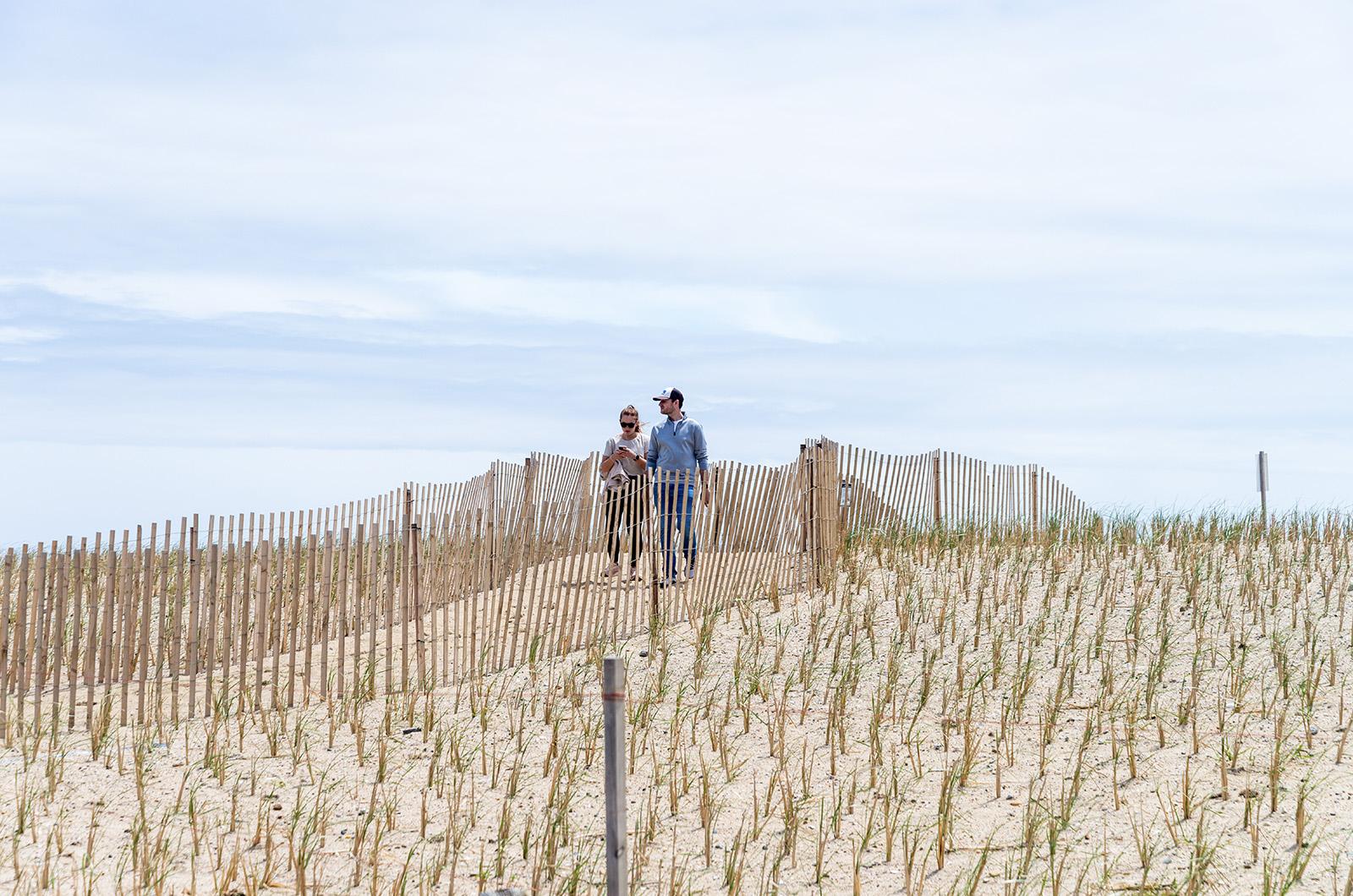
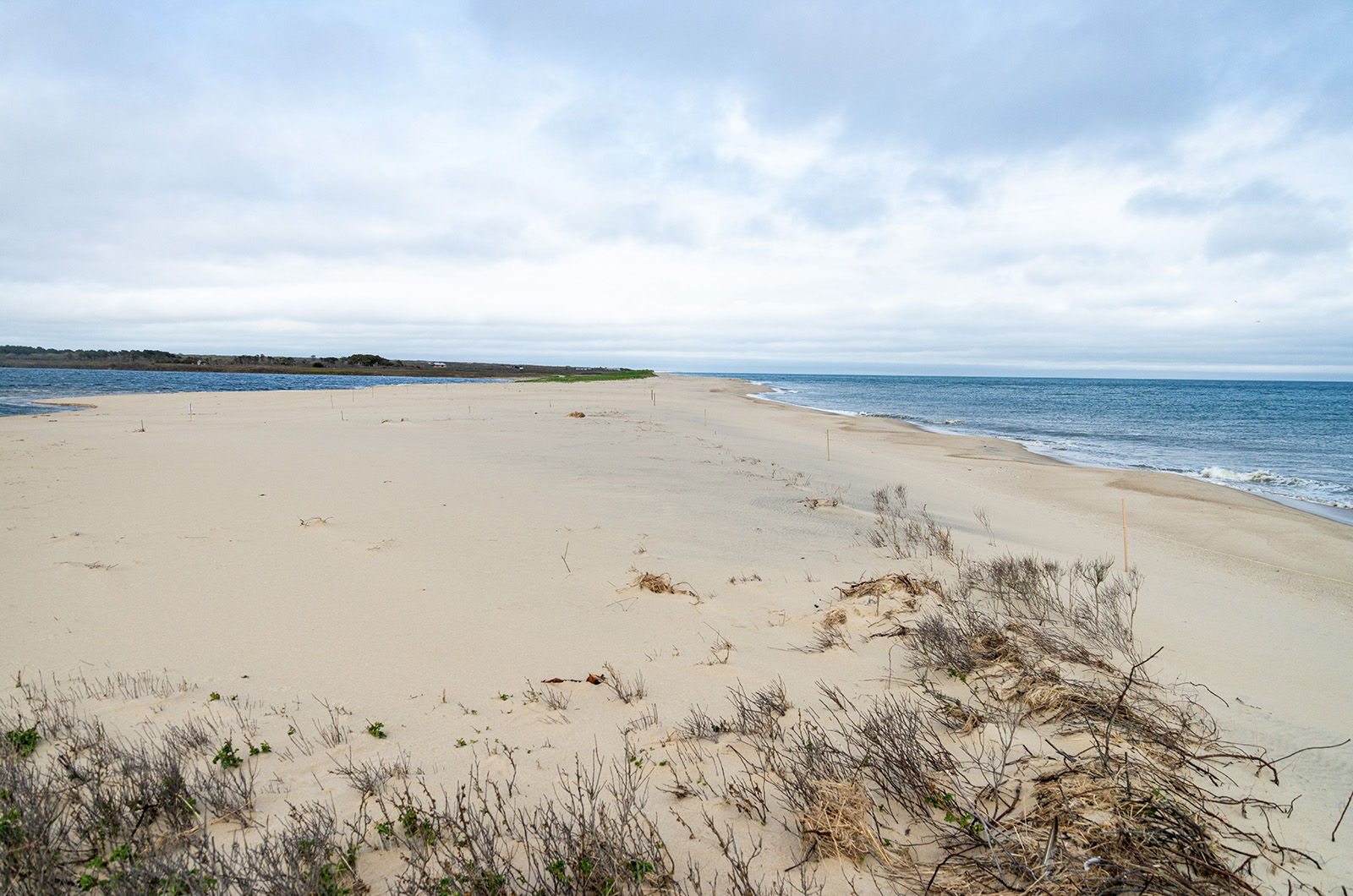
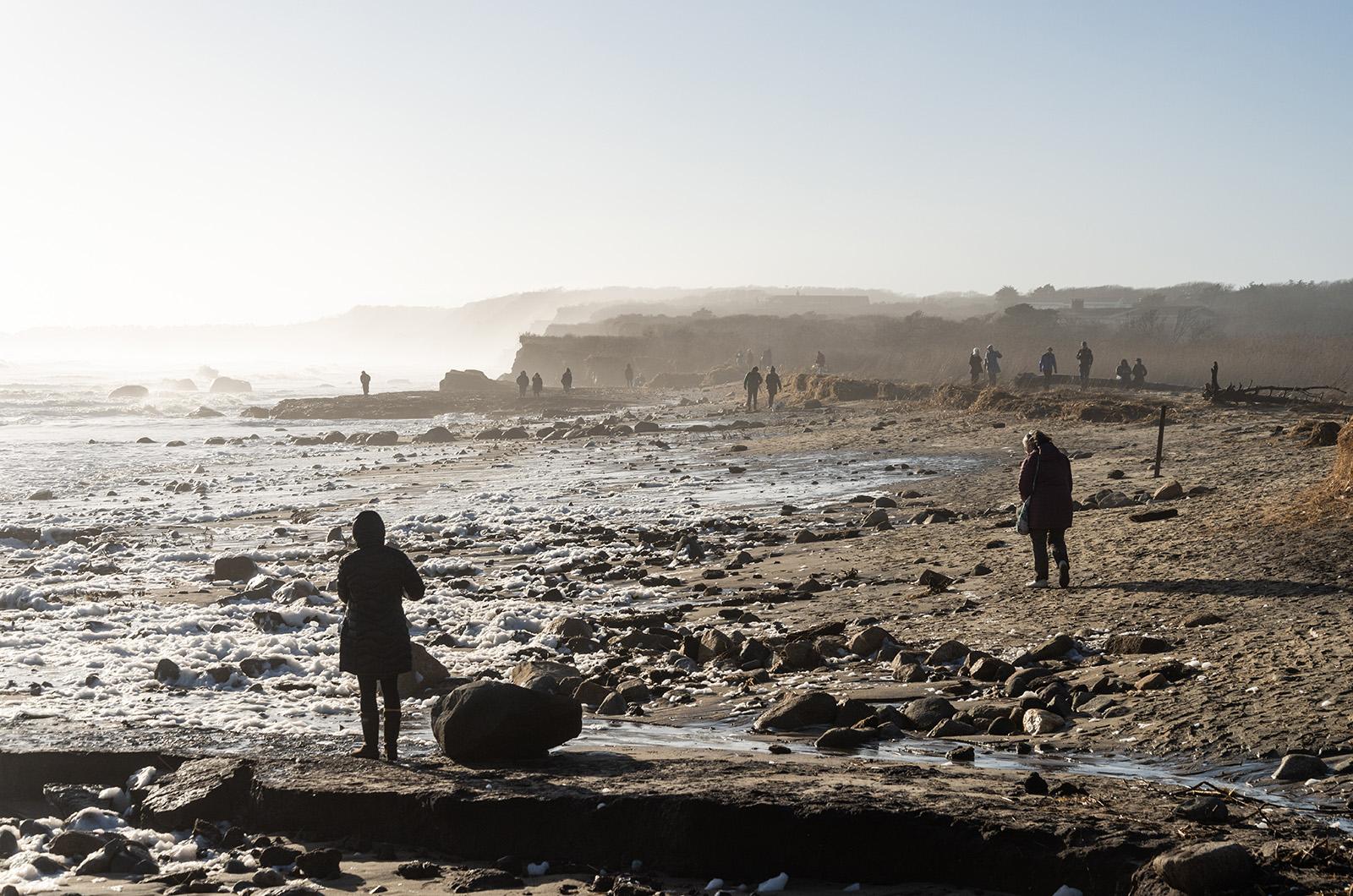
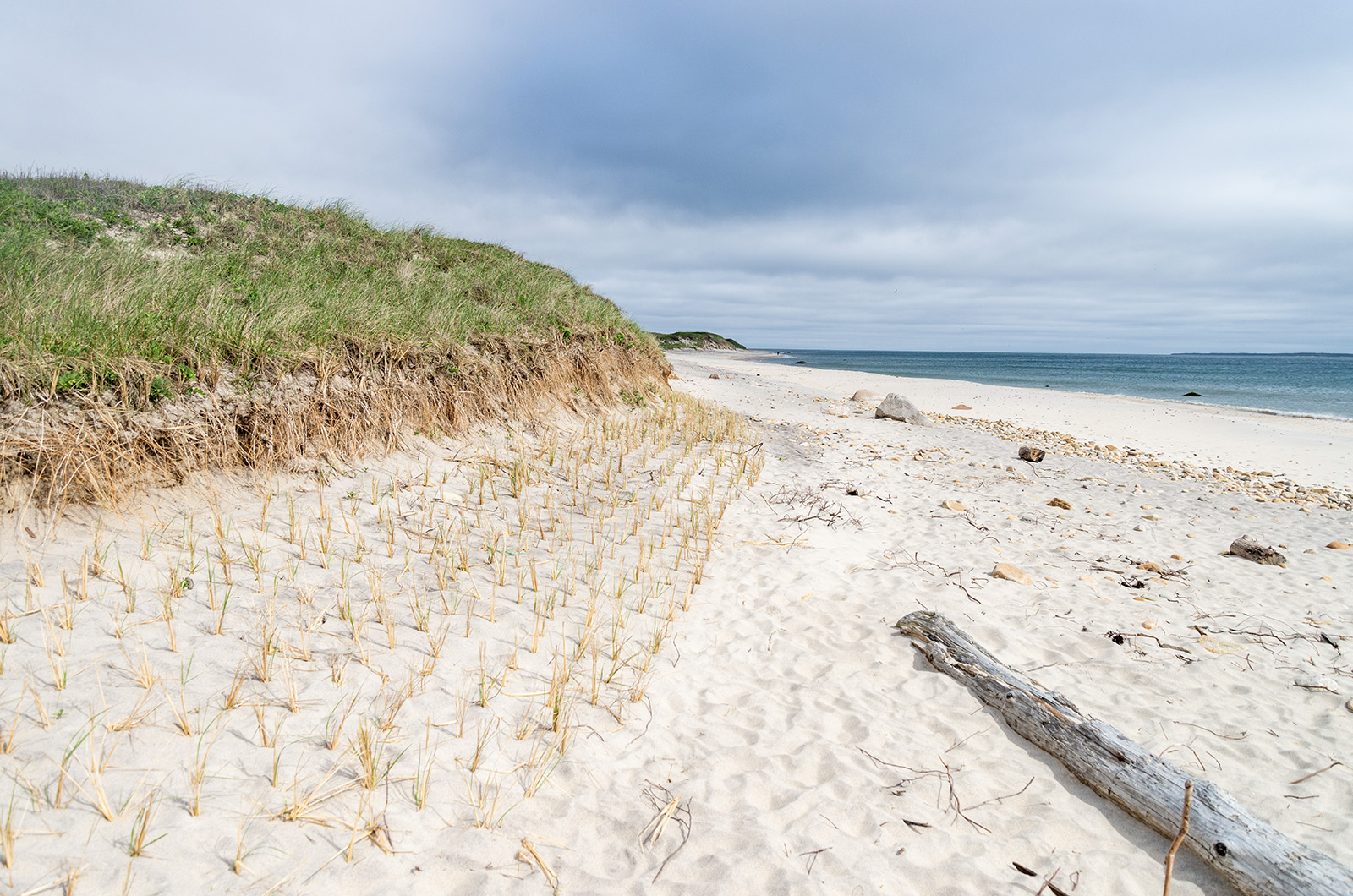
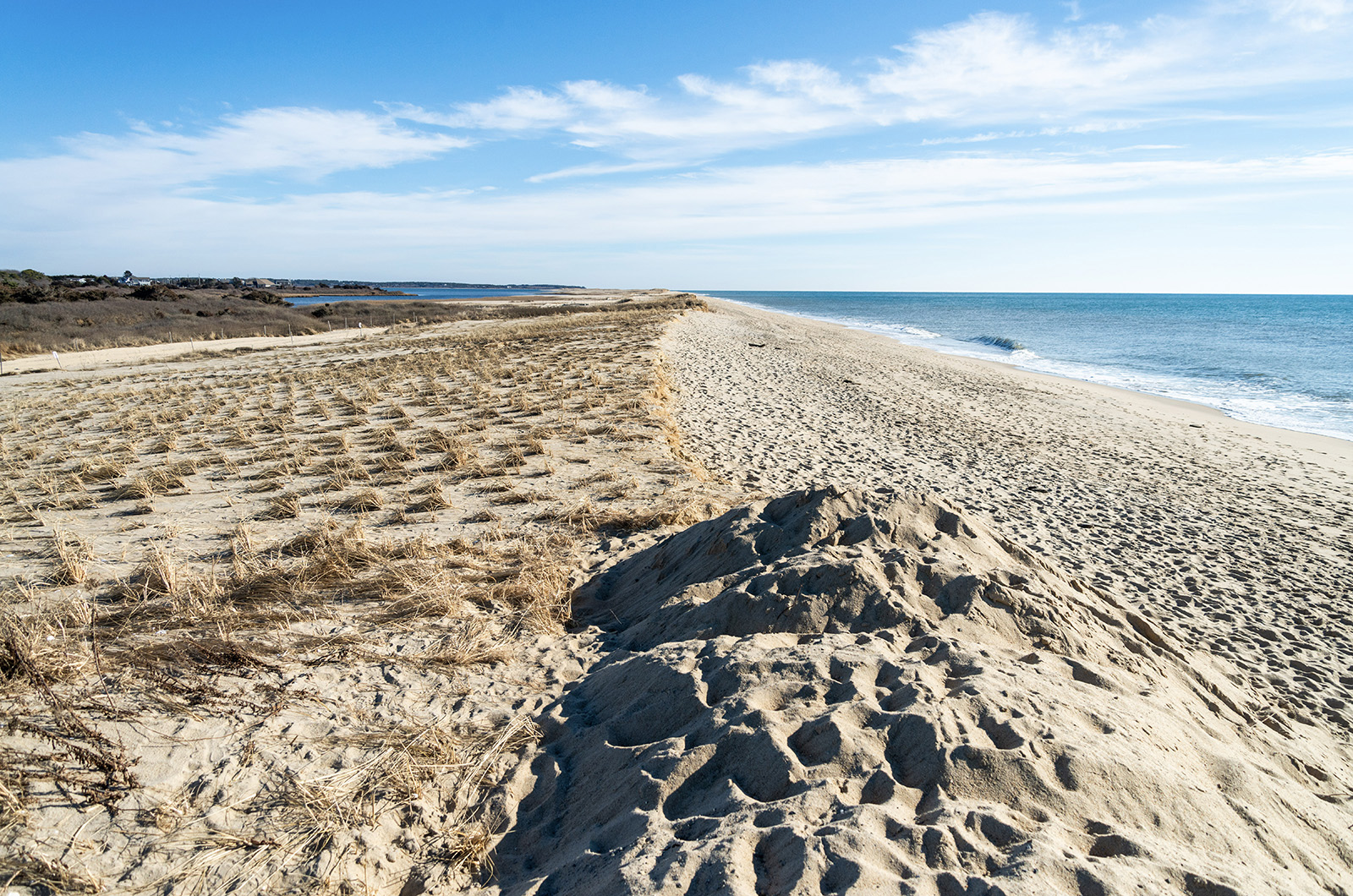





Comments (2)
Comments
Comment policy »